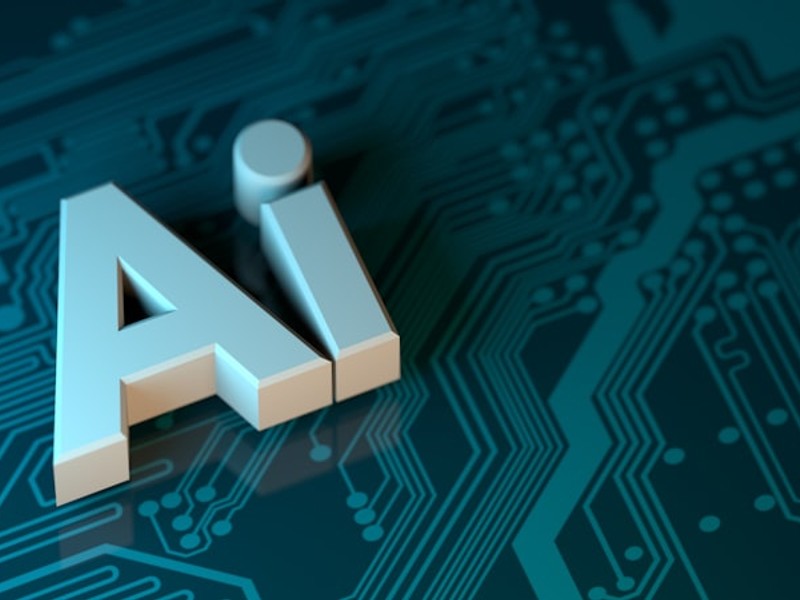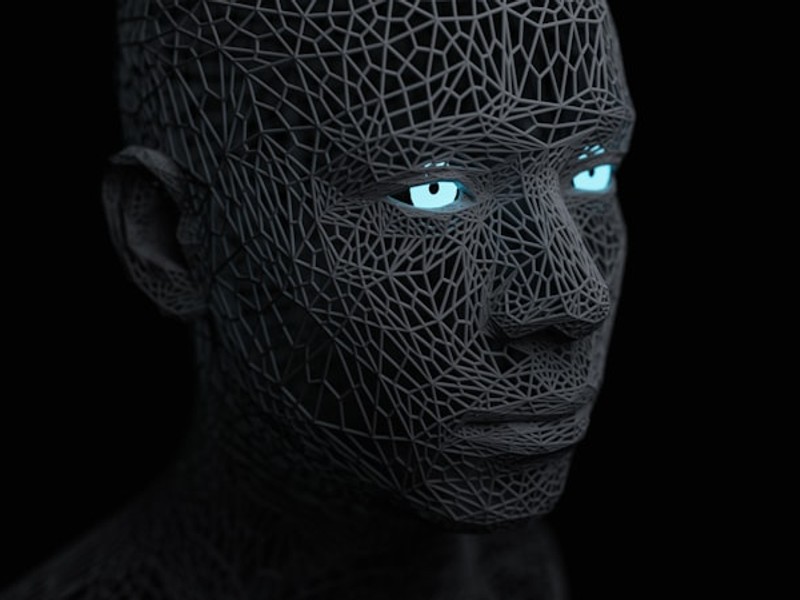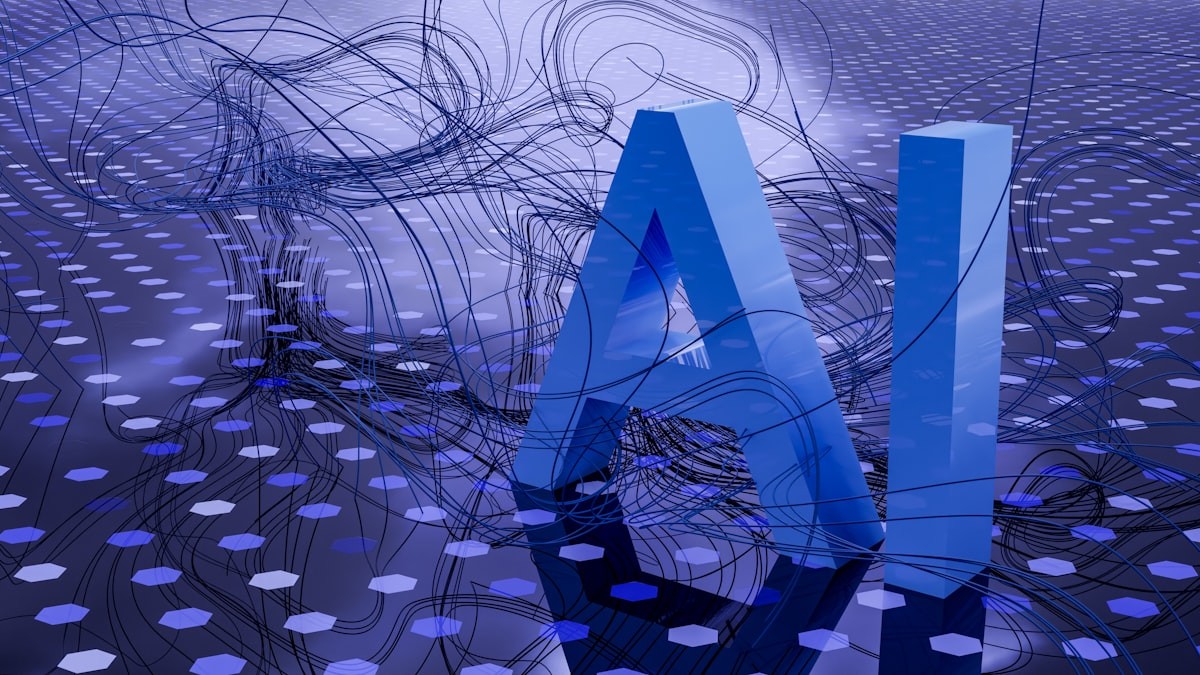Latest AI Tool Launches 2025: Transformative Technologies
The year 2025 promises to be a watershed moment for artificial intelligence, with a wave of innovative tools poised to reshape industries and daily life. From sophisticated natural language processing to advanced machine learning platforms, the latest AI tool launches 2025 are set to push the boundaries of what's possible. This article delves into the most anticipated releases, exploring their practical applications, underlying technologies, and potential impact on various sectors. Get ready to discover the AI tools that will define the future.
1. Hyper-Personalized AI Marketing Platforms

A 3D image of a new year's eve sign
The Rise of AI-Driven Customer Journeys
In 2025, expect AI-powered marketing platforms to transcend basic segmentation and deliver truly hyper-personalized experiences. These platforms will leverage advanced analytics, predictive modeling, and real-time data to understand individual customer needs and preferences at an unprecedented level.
- Key Features:
- AI-powered content creation and optimization
- Predictive customer behavior analysis
- Real-time personalization across all channels
- Automated A/B testing and optimization
Examples and Applications
Imagine a marketing platform that can predict when a customer is most likely to purchase a product, tailor the message to their specific interests, and deliver it through their preferred channel, all automatically. This level of personalization will drive higher engagement rates, increased conversion rates, and stronger customer loyalty.
- Example: An e-commerce company uses an AI platform to analyze a customer's browsing history, purchase history, and social media activity to recommend highly relevant products. The platform also personalizes the website layout, email content, and ad campaigns to match the customer's individual preferences.
2. Generative AI for Content Creation: Beyond Text

the letter a is placed on top of a circuit board
From Images to Video: AI Content Powerhouses
Generative AI is rapidly evolving beyond text-based content creation. In 2025, we'll see the emergence of powerful AI tools capable of generating high-quality images, videos, and even interactive experiences. This will revolutionize content creation across industries, from marketing and advertising to entertainment and education.
- Key Features:
- AI-powered image and video generation from text prompts
- Style transfer and content manipulation
- Automated video editing and animation
- Creation of interactive 3D models
Practical Use Cases
- Marketing: Generate unique ad creatives, product demos, and social media content in minutes.
- Education: Create interactive learning experiences and personalized educational materials.
- Entertainment: Develop immersive virtual worlds and generate realistic special effects.
- Game Development: Quickly prototype game assets and environments.
3. AI-Powered Cybersecurity Solutions: Proactive Threat Detection

a man with blue eyes and a black background
The AI Arms Race in Cybersecurity
As cyber threats become increasingly sophisticated, AI is playing a crucial role in defending against attacks. The latest AI tool launches 2025 will feature advanced threat detection capabilities, automated incident response, and proactive vulnerability management.
- Key Features:
- AI-powered anomaly detection
- Behavioral analysis and threat profiling
- Automated incident response and remediation
- Predictive vulnerability scanning
Strengthening Digital Defenses
These AI cybersecurity tools will analyze vast amounts of data to identify patterns and anomalies that indicate malicious activity. They can also automate the process of responding to incidents, isolating infected systems, and preventing further damage.
- Example: An AI-powered security platform monitors network traffic for suspicious activity and automatically blocks malicious connections. It also analyzes user behavior to detect insider threats and prevent data breaches.
4. AI in Healthcare: Personalized Medicine and Diagnostics
Revolutionizing Patient Care
AI is transforming healthcare by enabling personalized medicine, improving diagnostic accuracy, and streamlining administrative tasks. The latest AI tool launches 2025 will focus on areas such as drug discovery, medical imaging analysis, and remote patient monitoring.
- Key Features:
- AI-powered drug discovery and development
- Advanced medical image analysis
- Personalized treatment plans based on genetic data
- Remote patient monitoring and telehealth
Enhancing Accuracy and Efficiency
AI algorithms can analyze medical images with greater accuracy than human doctors, helping to detect diseases earlier and improve patient outcomes. AI can also accelerate the drug discovery process by identifying promising drug candidates and predicting their efficacy.
- Example: An AI-powered diagnostic tool analyzes X-rays and MRIs to detect early signs of cancer. The tool provides doctors with a detailed report highlighting potential areas of concern, helping them to make more informed decisions about treatment.
5. AI-Driven Robotics: Smarter and More Adaptable
The Next Generation of Automation
AI is making robots smarter, more adaptable, and more capable of performing complex tasks. The latest AI tool launches 2025 will focus on areas such as autonomous navigation, object recognition, and human-robot collaboration.
- Key Features:
- AI-powered autonomous navigation
- Advanced object recognition and manipulation
- Human-robot collaboration and safety features
- Machine learning for robot adaptation and improvement
Applications Across Industries
These AI-powered robots will find applications in a wide range of industries, from manufacturing and logistics to healthcare and agriculture. They can perform tasks such as assembling products, transporting goods, assisting surgeons, and harvesting crops.
- Example: A fleet of autonomous robots works in a warehouse, picking and packing orders with minimal human intervention. The robots use AI to navigate the warehouse, identify products, and avoid obstacles.
6. AI-Enhanced Education: Personalized Learning Paths
Tailoring Education to Individual Needs
AI is transforming education by enabling personalized learning paths, providing intelligent tutoring, and automating administrative tasks. The latest AI tool launches 2025 will focus on areas such as adaptive learning platforms, AI-powered chatbots for student support, and automated grading systems.
- Key Features:
- Adaptive learning platforms that adjust to individual student needs
- AI-powered chatbots for student support and guidance
- Automated grading and feedback systems
- Personalized learning content recommendations
Improving Learning Outcomes
AI can analyze student performance data to identify areas where they are struggling and provide personalized support. AI-powered chatbots can answer student questions and provide guidance, freeing up teachers to focus on more complex tasks.
- Example: An adaptive learning platform uses AI to assess a student's understanding of a topic and then provides personalized lessons and exercises based on their individual needs. The platform also provides real-time feedback and support to help students master the material.
7. AI-Powered Climate Solutions: Sustainable Technologies
Addressing Environmental Challenges
AI is playing a growing role in addressing climate change by optimizing energy consumption, predicting weather patterns, and developing sustainable technologies. The latest AI tool launches 2025 will focus on areas such as smart grids, precision agriculture, and carbon capture.
- Key Features:
- AI-powered smart grids for optimizing energy distribution
- Precision agriculture techniques for reducing water and fertilizer usage
- AI-driven carbon capture and storage technologies
- Predictive modeling for weather forecasting and climate change impact assessment
Creating a Greener Future
AI can analyze energy consumption patterns to identify areas where energy can be saved. It can also optimize agricultural practices to reduce water and fertilizer usage, minimizing environmental impact.
- Example: An AI-powered smart grid analyzes energy demand in real-time and adjusts energy distribution to minimize waste. The grid also incorporates renewable energy sources, such as solar and wind power, to reduce reliance on fossil fuels.
8. AI for Accessibility: Empowering Individuals with Disabilities
Breaking Down Barriers with AI
AI is being used to develop assistive technologies that empower individuals with disabilities, providing them with greater independence and access to information. The latest AI tool launches 2025 will focus on areas such as speech recognition, text-to-speech, and image recognition.
- Key Features:
- AI-powered speech recognition and transcription
- Text-to-speech synthesis with natural-sounding voices
- Image recognition for object identification and scene understanding
- AI-driven navigation and mobility assistance tools
Enhancing Quality of Life
AI-powered speech recognition can enable individuals with motor impairments to control computers and devices with their voice. Text-to-speech synthesis can provide access to written information for individuals with visual impairments. Image recognition can help individuals with visual impairments navigate their surroundings.
- Example: An AI-powered app uses image recognition to identify objects in the user's surroundings and then provides a verbal description of the scene. This helps individuals with visual impairments to navigate unfamiliar environments.
Conclusion: Embracing the AI Revolution
The latest AI tool launches 2025 promise a future where technology seamlessly integrates into our lives, enhancing productivity, improving healthcare, and addressing some of the world's most pressing challenges. By understanding these advancements and their potential applications, professionals and enthusiasts alike can prepare for the AI revolution and leverage these powerful tools to create a better future. Stay informed, experiment, and embrace the transformative power of AI. What innovative AI tool are you most excited about? Share your thoughts in the comments below!
FAQ: Latest AI Tool Launches 2025
Q1: What are the key trends driving the development of AI tools in 2025?
- Key trends include advancements in generative AI, hyper-personalization, cybersecurity, and the integration of AI into robotics and healthcare.
Q2: How will the latest AI tool launches impact businesses in 2025?
- Businesses can expect to see increased efficiency, improved customer experiences, enhanced cybersecurity, and new opportunities for innovation and growth.
Q3: What are the ethical considerations surrounding the use of AI tools?
- Ethical considerations include bias in algorithms, data privacy, job displacement, and the potential for misuse of AI technologies. Responsible AI development and deployment are crucial.
Q4: How can I stay up-to-date on the latest AI tool launches and developments?
- Follow industry news sources, attend AI conferences, join online communities, and experiment with new AI tools and platforms.
Q5: What skills will be most valuable in the age of AI?
- Skills such as critical thinking, problem-solving, creativity, communication, and adaptability will be highly valuable. A strong understanding of AI principles and ethics is also essential.
